IntroductionThe Manual Layer Cage is a traditional and efficient poultry housing system designed for laying hens. It provides an organized, hygienic, and cost-effective way to manage egg production, especially suitable for small and medium-scale farms. Unlike fully automated systems, manual layer cages rely on human operation for feeding, egg collection, and manure removal, offering flexibility and simplicity for farmers who prefer low initial investment and easy maintenance.
This system is widely used in developing poultry industries and rural farms where electricity or automation infrastructure may be limited. Despite being operated manually, the Manual Layer Cage is engineered with the same high-quality materials and designs as automated systems, ensuring durability, comfort, and excellent egg production performance.
With the A-type or H-type structure options, this system is ideal for farmers aiming to maintain efficient production with controlled costs, making it one of the most practical solutions in the global poultry market.
Technical Parameters
Product Name | Manual Layer Cage |
Structure Type | A Type or H Type |
Tiers | 3–4 tiers (customizable) |
Capacity | 90–160 birds per set |
Material | Hot-dip galvanized steel wire |
Wire Diameter | 2.3–3.8 mm |
Cage Size (L×W×H) | 1950×450×410 mm per unit (adjustable) |
Feeding Method | Manual trough feeding |
Drinking System | Nipple drinking line or manual water trough |
Manure Cleaning | Manual scraper or pit cleaning |
Egg Collection | Manual collection from front of cage |
Service Life | 15–20 years |
Suitable Birds | Laying hens aged 16 weeks and older |
Features of Manual Layer Cage
Simple and Compact Design
The manual layer cage features a space-saving structure that is easy to install and maintain, requiring minimal tools and labor.
Durable Hot-Dip Galvanized Material
The cage mesh and frame are made from hot-dip galvanized steel, ensuring strong corrosion resistance and long service life even in humid environments.
High Egg Production Efficiency
The design allows easy access to hens and eggs, reducing breakage and improving daily egg collection efficiency.
Comfortable Environment for Birds
Adequate spacing between cages and proper ventilation enhance air circulation, keeping the birds healthy and stress-free.
Flexible Manual Operation
All operations — feeding, watering, manure cleaning, and egg collection — can be controlled manually, providing greater flexibility and reliability.
Low Investment Cost
Since no electrical automation is required, it is a budget-friendly choice for startup poultry farmers.
Easy Maintenance and Management
Each unit is easy to inspect and clean, allowing farmers to monitor bird health and performance closely.
Modular Structure
The cage system can be expanded easily as farm capacity grows, offering scalability without structural modifications.
Advantages
Cost-Effective Investment
Manual layer cages require lower initial setup costs than automated systems, making them ideal for small and mid-sized farms.
Durability and Long Lifespan
Hot-dip galvanized cages resist rust and corrosion, lasting up to 20 years with proper care.
Easy to Operate and Maintain
No complex automation means farmers can manage daily operations with simple manual tools and minimal training.
Reliable Egg Production
Proper cage layout and ventilation promote consistent egg laying and reduce stress-related productivity loss.
Energy Saving
Fully manual operation minimizes energy use, which is particularly beneficial for areas with limited electricity supply.
Adaptable to Different Environments
Can be used in open poultry houses, semi-enclosed barns, or naturally ventilated structures.
Low Maintenance Costs
Without motors, belts, or automation devices, maintenance is inexpensive and straightforward.
Easy Inspection and Bird Management
Manual access to each row and cage enables farmers to quickly detect health issues or collect data on egg production.
Application Scenarios
The Manual Layer Cage system can be applied to a variety of poultry farming environments, such as:
Small and Medium Poultry Farms
Perfect for farms with limited space or budget that still aim for efficient egg production.
Rural Poultry Projects
Popular among family farms and community-based poultry projects due to easy handling and low investment.
Developing Agricultural Regions
Suitable for regions without access to stable electricity or advanced infrastructure.
Educational and Research Farms
Used by agricultural schools and research centers for poultry experiments and training.
Backup System for Automated Farms
Large farms may keep manual cages as backup or for quarantine and breeding areas.
Start-up Layer Farmers
Ideal for beginners who wish to gain hands-on experience before upgrading to automated systems.
Usage Instructions
1. Installation
Ensure the ground is flat and dry before setup.
Assemble the cages according to the layout drawing, securing each tier firmly.
Install feeding troughs and water systems properly to prevent leaks.
2. Feeding
Use the manual feeding trough to distribute feed evenly.
Feed the birds 2–3 times per day depending on production stage.
Regularly clean troughs to avoid mold or feed contamination.
3. Drinking System
Connect the manual or nipple drinking line to a clean water source.
Maintain water pressure at a suitable level for easy drinking.
Clean the water system every few days to ensure water hygiene.
4. Egg Collection
Collect eggs manually from the front of the cages 2–3 times per day.
Use soft trays or baskets to minimize cracking.
Store eggs in a cool, dry place immediately after collection.
5. Manure Cleaning
For manual systems, manure can be scraped or collected in pits beneath the cages.
Regular cleaning reduces ammonia buildup and disease risks.
Use protective gloves and masks during cleaning.
6. Daily Maintenance
Inspect cages for any broken wires or sharp edges.
Ensure feeding and water troughs are securely fixed.
Monitor bird health daily and isolate any sick hens immediately.
Disinfect the system periodically to maintain biosecurity.
Common Problems and Solutions (FAQ)
Q1: What is the difference between a manual and an automatic layer cage?
A: A manual layer cage relies on human operation for feeding, egg collection, and manure removal, while automatic systems use electric motors and control panels. Manual systems are more affordable and simpler to maintain.
Q2: How many chickens can one manual layer cage system hold?
A: Depending on the design, each set can accommodate 90–160 birds, with 3–4 tiers.
Q3: Is the manual layer cage suitable for commercial egg production?
A: Yes, it’s suitable for small to medium commercial farms, especially where automation is not essential.
Q4: What material is used for the cages?
A: All cage wires and frames are made from hot-dip galvanized steel for excellent corrosion resistance.
Q5: How long does a manual layer cage last?
A: With proper maintenance, the lifespan can reach 15–20 years.
Q6: Can the system be customized?
A: Yes, cage size, number of tiers, and capacity can be customized according to your farm layout and management style.
Q7: How often should manure be cleaned?
A: At least once per day to keep the environment hygienic and prevent disease.
Q8: How can I reduce egg breakage in manual systems?
A: Collect eggs frequently and use soft rubber-coated trays to reduce impact damage.
Q9: Is electricity required for this system?
A: No, it can be operated entirely without electricity, making it ideal for off-grid farms.
Q10: What is the feeding schedule recommended for layers?
A: Typically 2–3 feedings per day, with constant access to clean water.
Conclusion
The Manual Layer Cage remains one of the most practical and cost-effective poultry housing systems in the global market. It provides efficient space utilization, reliable egg production, and easy management at an affordable price. Ideal for farmers seeking simplicity, flexibility, and long-term durability, this system supports sustainable egg production without relying on complex automation or electricity.
By investing in a Manual Layer Cage, farmers can achieve consistent production results, maintain better control over operations, and gradually scale their business as needed. Its proven design, robust materials, and low operational costs make it a trusted choice for poultry farmers worldwide.
Company Profile
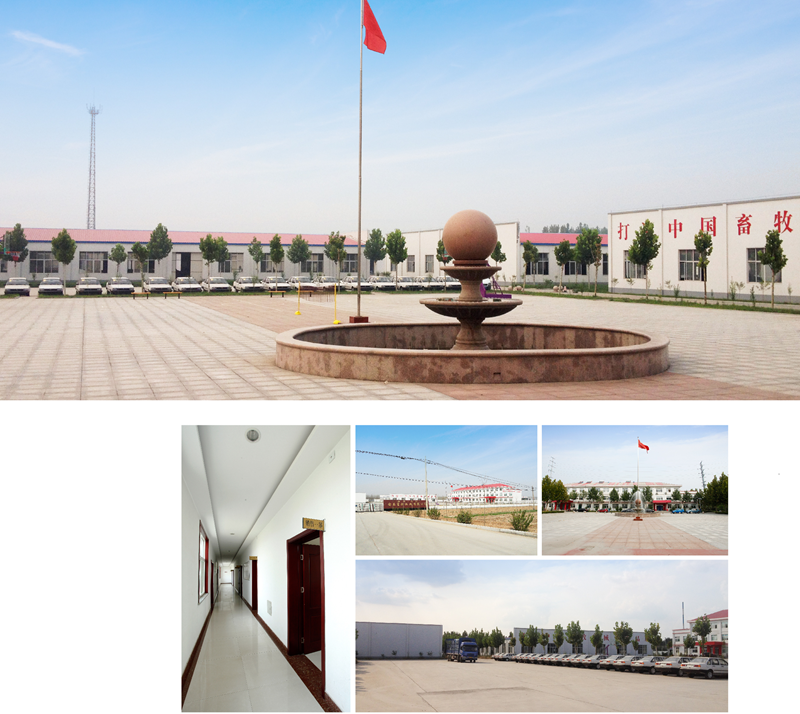
Shandong Huimin Qinle Livestock Machinery Co., Ltd. (formerly Shandong Huimin Qinle Livestock Machinery Factory) is a professional poultry equipment manufacturer with over 20 years of experience. We offer a comprehensive service package, from design (land and chicken coops), production (equipment and prefabricated steel coops), installation, commissioning, customer training, and after-sales service.
Located in Huimin County, Binzhou City, Shandong Province, China, the company has extensive experience in mechanical processing and manufacturing, as well as livestock machinery production and operation. With fixed assets of RMB 15 million, the company employs 160 people, including 30 R&D staff, and occupies a 40,000-square-meter factory. Equipped with over 110 pieces of advanced precision production equipment, including CNC machining centers and laser cutting machines, the company boasts a production capacity of RMB 50 million.
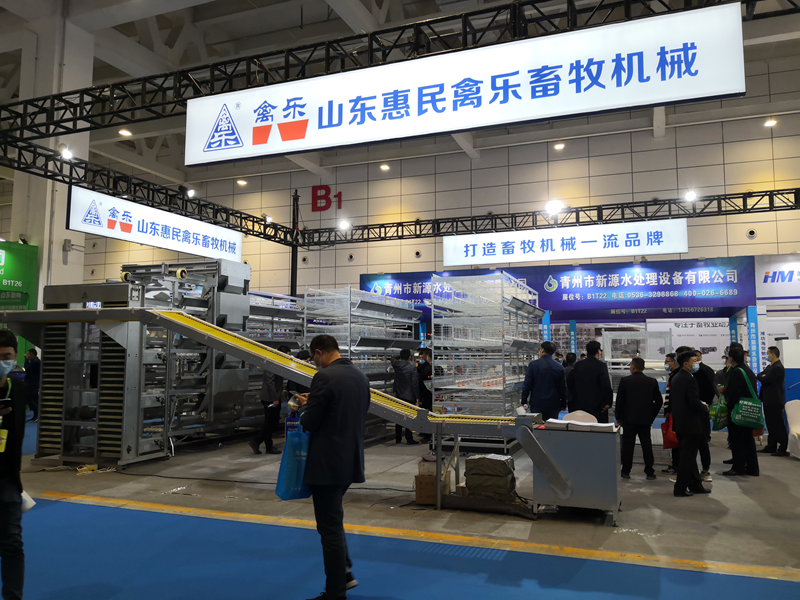


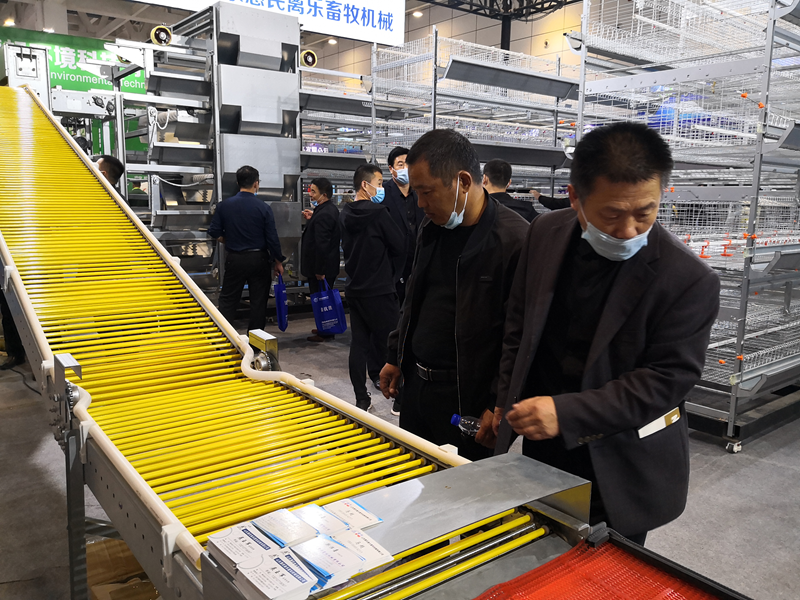
Chicken Farming Equipment Mesh Production Workshop

Machining Workshop

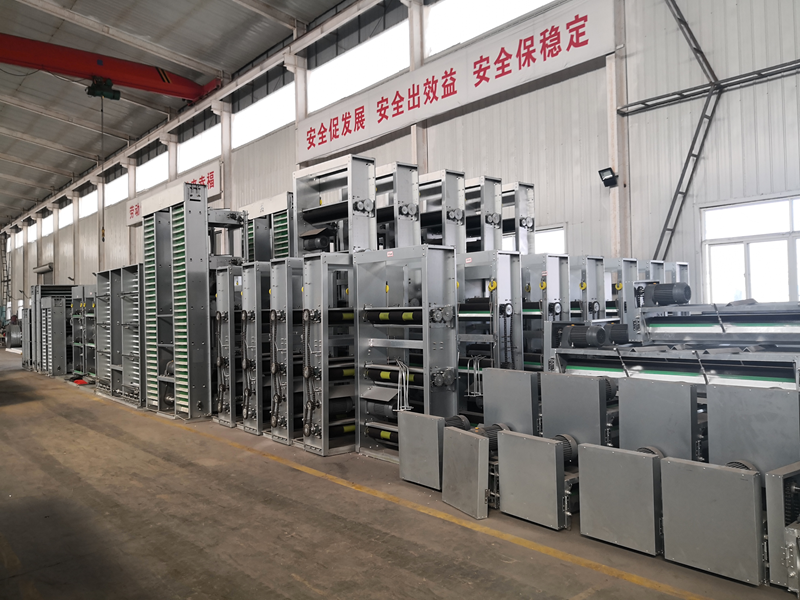
Turret-type CNC Punch Press, Laser Cutting and Other Machining Equipment



Fully Automated Roll Forming Production Line

Hot-dip Galvanizing Production Line

Electroplating Production Line

Environmental Protection Equipment

Chicken Farming Equipment Product Series
Egg-laying Hen Farming Equipment
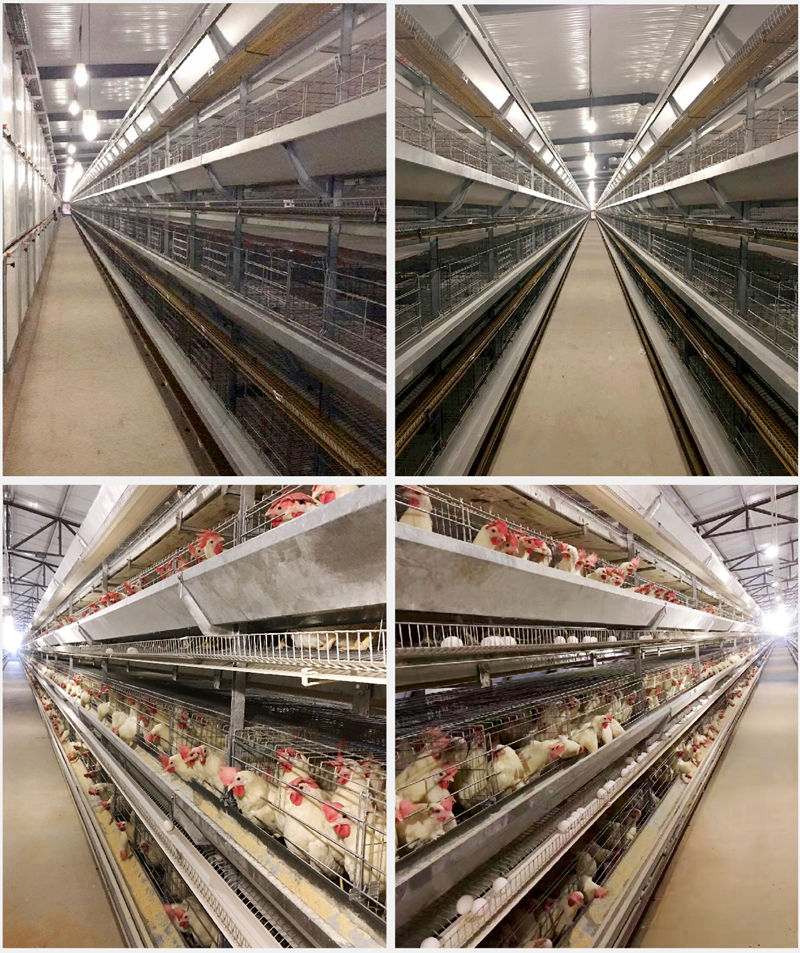
Stacked Brooding Cage Equipment

Stacked Broiler Cage Equipment
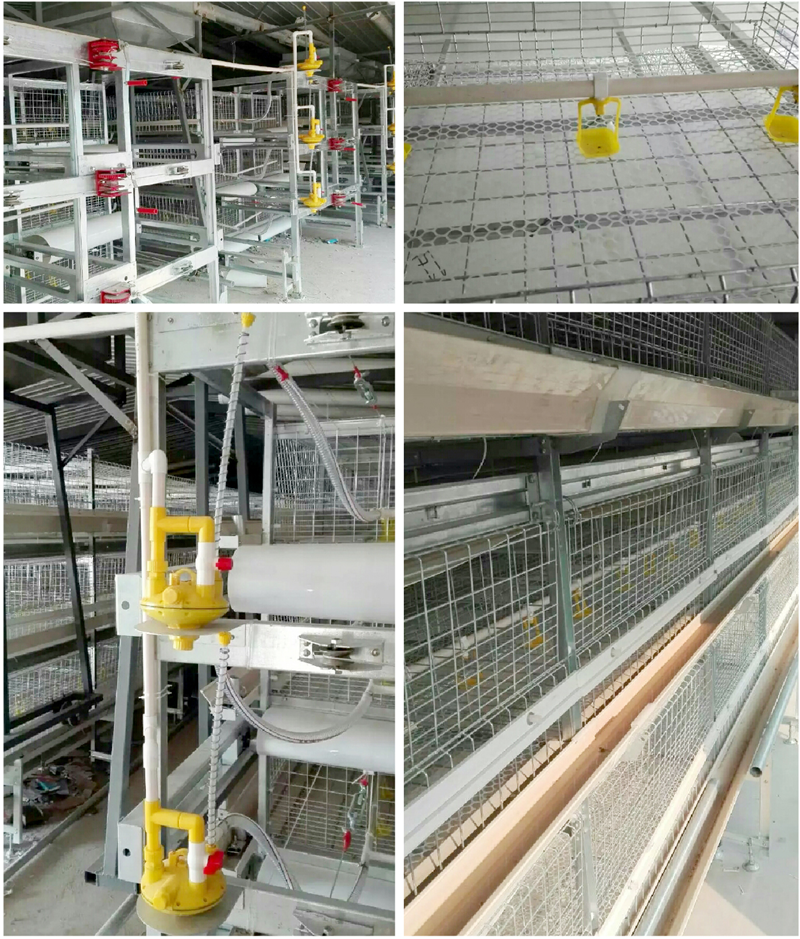
Stepped Layer Hen Cage Rearing Equipment
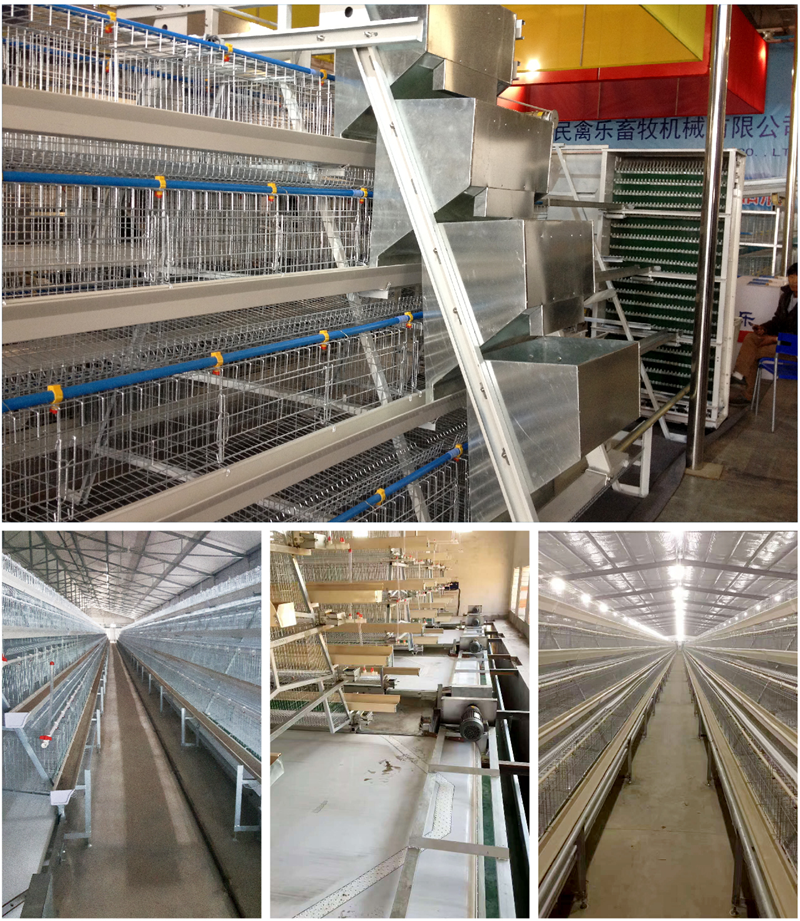
Automatic Egg Collection System

H-type Cage Feeding Machine
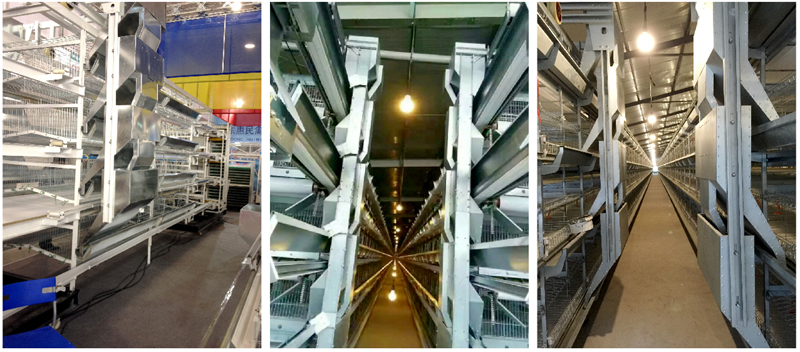
Stepped Cage Straddle Feeder
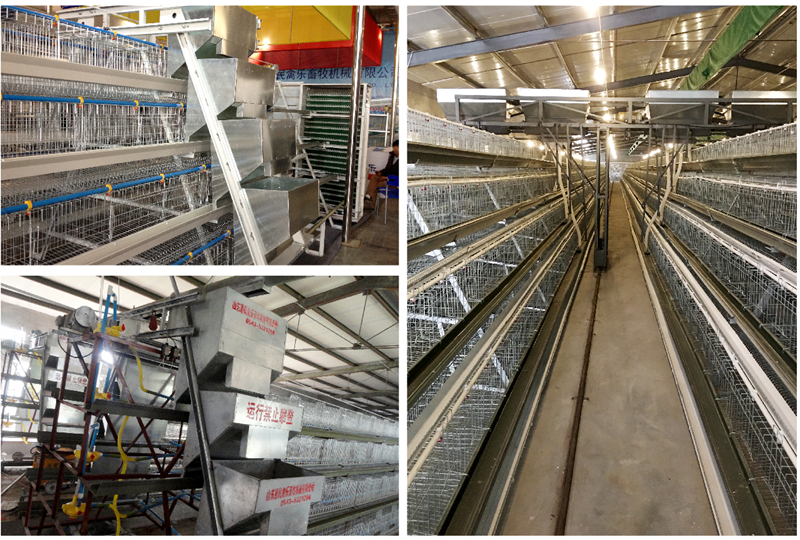
Manure Removal Machine

Fans, Heated Curtains, Environmental Control Systems, and Lighting Equipment
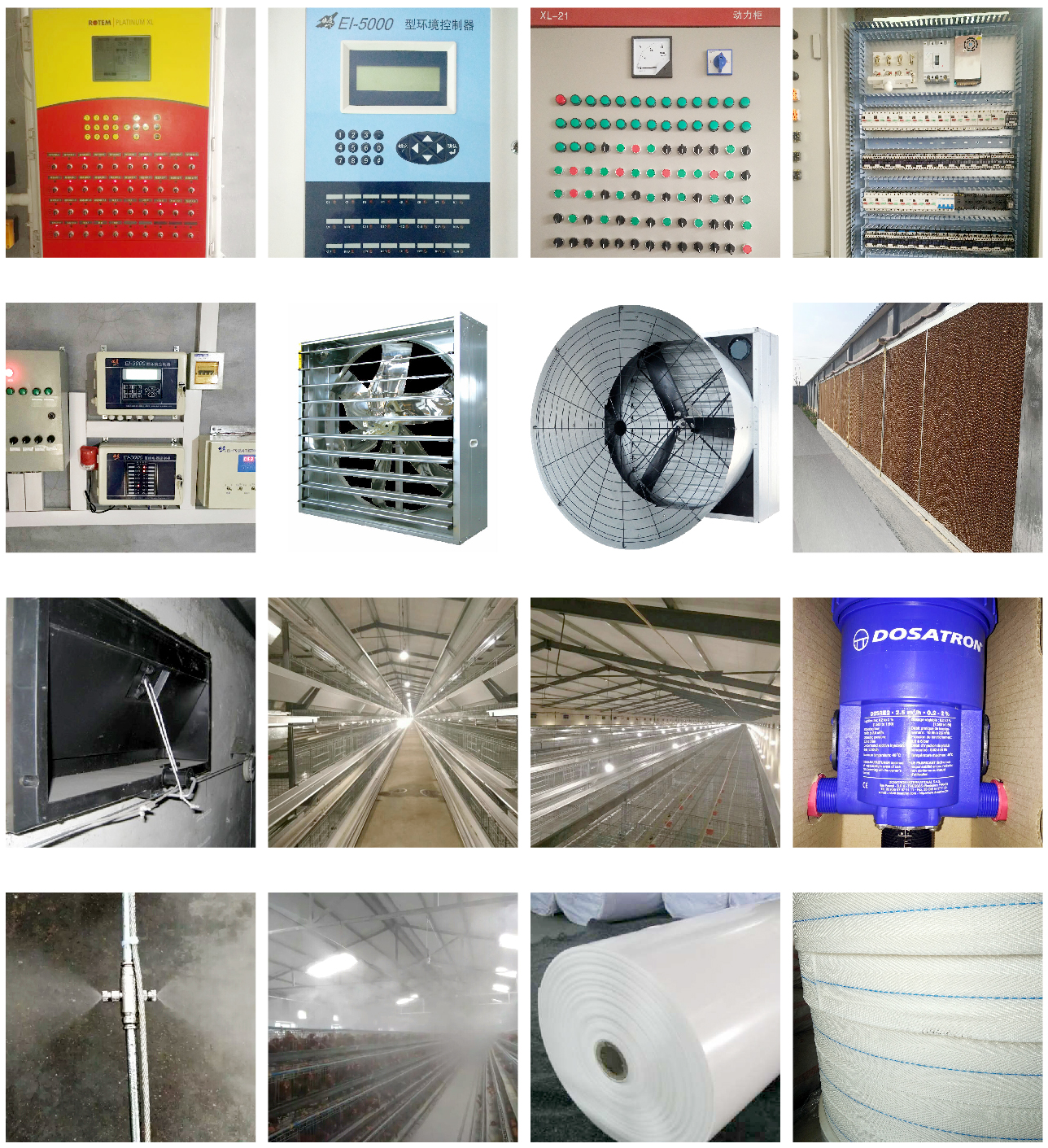
Complete Set of Equipment for Organic Fermentation Treatment of Manure


 Catalogue
Catalogue































 Whatsapp
Whatsapp Телефон
Телефон